For maison Cartier, the wilderness has been its greatest muse. From crocodiles to zebras and cactuses to wheat grains, Cartier has ceaselessly channelled nature’s ubiquitous majesty into haute joaillerie wonders – sculptural yet full of movement. Among this bejewelled menagerie, one unique species prowled through Cartier’s history books and their century-worth of artistic creations: the panther or Cartier Panthère. Predatory, playful, and dangerously elegant, the feline’s influence was first spotted on a 1914 Cartier and 70 years later, inspired a square, Quartz icon.
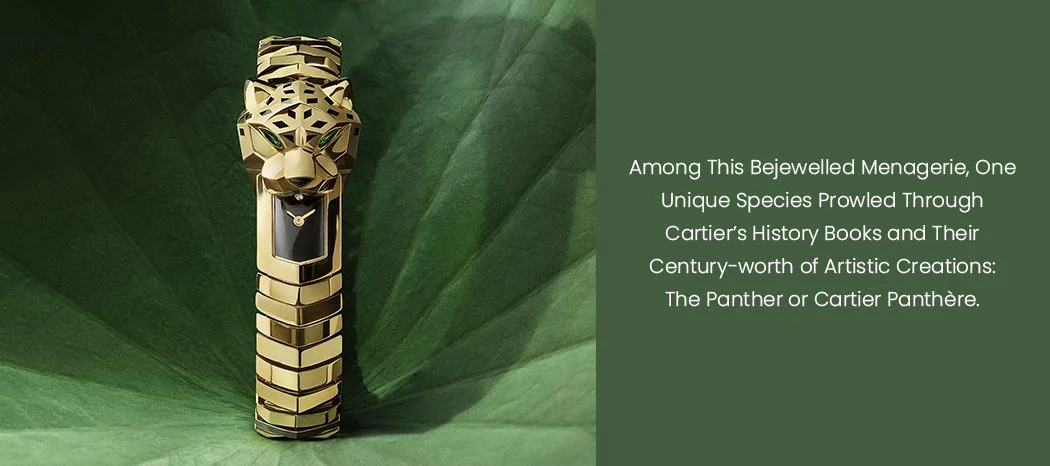
Today, the Cartier Panthère is revered as the maison’s emblematic animal with roots in Paris and inspired by Cartier’s original ‘panther’ woman – Jean Toussaint. We’re tracking the Cartier Panthère de Cartier’s paw prints through time.
Early Prowls
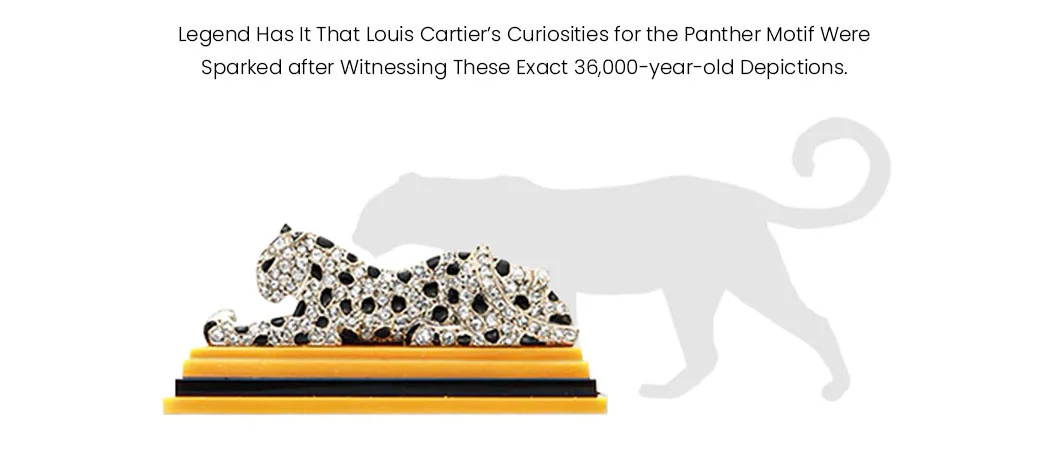
The tale of the ‘Panther’ in Cartier’s history books dates back to the early 20th century. However, the feline predator’s grace and power have inspired artists for millennia, as expressed in the early cave paintings of Chauvet-Pont d’Arc, France. Legend has it that Louis Cartier’s curiosities for the panther motif were sparked after witnessing these exact 36,000-year-old depictions.
In the roaring Parisian ‘20s, the Jean Toussaint – revered today as Cartier’s original ‘Panther’ woman, joined the maison and took the helm as Head of Creations in 1933. Toussaint’s unmissable style and taste broke rules, and one fine day, she discovered what would become her magnum opus. Smitten by the fierce beauty of a panther they encountered, Toussaint and Cartier paid close attention to the feline’s poised, playful, and elusive mannerisms and knew precisely how to channel its elegance into a Cartier novelty.
Taming the Big Cat
Back from his cave explorations, Louis returned to Paris in 1914 in preparation for his upcoming jewellery exhibition. For this, he commissioned illustrator George Barbier to design the invitation card – featuring a panther.
Soon after, the Panthère motif was spotted in a diamond-enriched, onyx Cartier ladies wristwatch draped in the panther’s contrasting spotted fur pattern. Louis’ admiration for the Panthère motif led him to further create diamond-studded onyx cigarette cases as well as brooches adorned by a sleeping diamond panther on black enamel. In 1935, Cartier unveiled a yellow gold and black enamelled ring centred by a star ruby, taking the panther’s elegance into three-dimensional iterations.
Predatory Instincts, Bejewelled
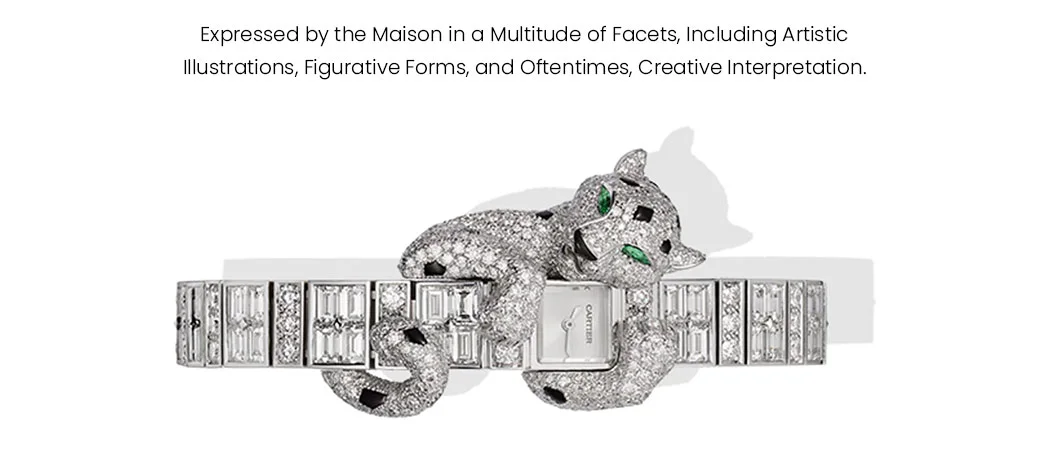
The Cartier Panthère is a living abstraction of nature’s divine beauty – expressed by the maison in a multitude of facets, including artistic illustrations, figurative forms, and oftentimes, creative interpretation.
As Jean Toussaint’s artistic flair began making a mark at Cartier, the Panthère took a route of jewel enrichment. In 1948, enamoured by the Cartier Panthère creations, the Duchess of Windsor commissioned a yellow-gold panther brooch featuring the feline roar upon an emerald rock. The next year, she commissioned a three-dimensional brooch cast with pavé sapphires and white/yellow diamonds. The main attraction, of course, is the panther perched atop a 152.35-carat sapphire cabochon.
One of Cartier’s most definitive creations of the Panthère feline arrived in 1958. Prince Sadruddin Aga Khan of Iran commissioned a transformable panther brooch with articulated head and legs, adorned heavily with diamonds, sapphires, and emeralds. He also commissioned the first double-headed hinged bangle.
Prowling Into a New Era: Cartier Panthère De Cartier
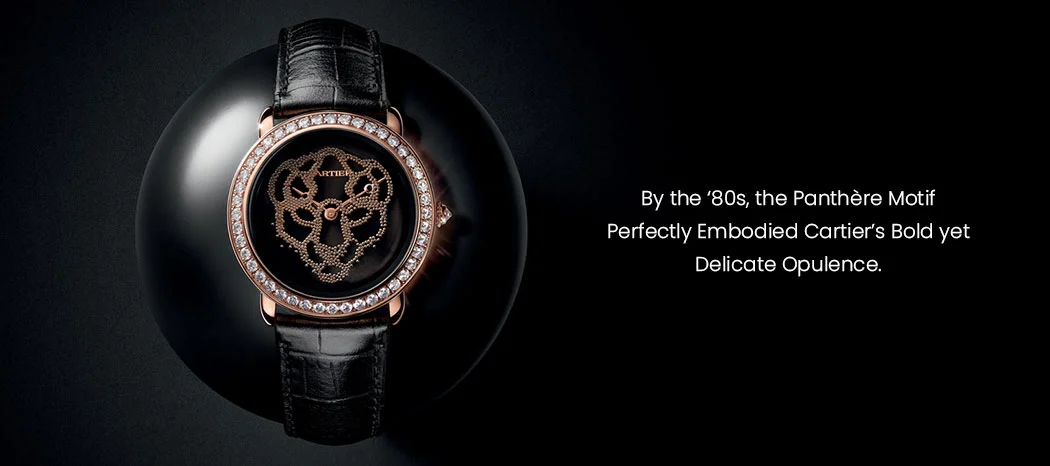
By the ‘80s, the Panthère motif perfectly embodied Cartier’s bold yet delicate opulence. This led to the feline’s next paw-print being made in the world of watchmaking. Enter the Cartier Panthère De Cartier, introduced as a sleek, square-cased quartz wonder that boasted a sapphire crown and seamlessly integrated bracelet with links that mimic the panther’s spotted fur – designed to exude the feline grace and fluidity. Many revered the Panthère De Cartier as a refined Santos, blending disco, gentle curves, and ergonomics. Global icons like Pierce Brosman, Tina Turner, and Madonna were spotted in campaigns, and personal admiration was found for the panther-spirit-reincarnated timepiece. Despite being an icon on arrival, production of the Cartier Panthère De Cartier ceased in 2004, but as the maison rediscovered its passion for classics, it was revived in 2017.
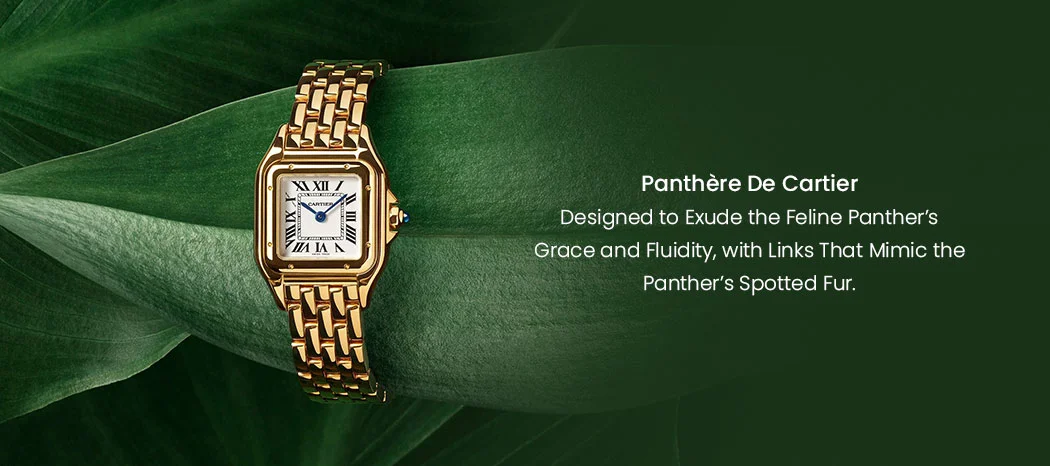
Eternal Feline Icon and her Alter-Egos
The Panther in Cartier’s history may have prowled its way into timekeeping, but its jewels never ceased to sparkle – on certain occasions, even harmonizing the worlds of horlogerie and joaillerie. Take the Promenade d’une Panthère from 2014 cast in white gold and enriched case and crown in diamonds. The oscillating weight, replaced by a panther, blends design and function. In another example, the panther – draped in white gold, onyx, and diamonds appears to be protecting the dial with its paws. Our personal favourite is 2017’s Révélation d’une Panthère cased in pink gold and a diamond-graced bezel. Upon the dial, a multitude of gold beads follow the paths of an invisible hourglass, drawing the head of the panther.
Current Configurations at Kapoor Watch Company
The Cartier Panthère or Panthère de Cartier is available in Mini (18.5 mm), Small (22 mm), Medium (26.5 mm), and Large (42 mm) options at Kapoor Watch Company. In terms of make, the menu includes solid as well as dual-tone pink gold, yellow gold, and stainless steel. A quintessential example of the Panthère’s timeless elegance is the Ref. W2PN0016 – Cast in stainless steel and yellow gold, measuring 42 mm. For those seeking the Panthère’s bejewelled beauty, the Ref. WJPN0079 with its solid yellow gold build and diamond-studded bezel and dial would be apt. All Cartier Panthère or Panthère de Cartier timepieces employ quartz movements with hours and minutes functionality.

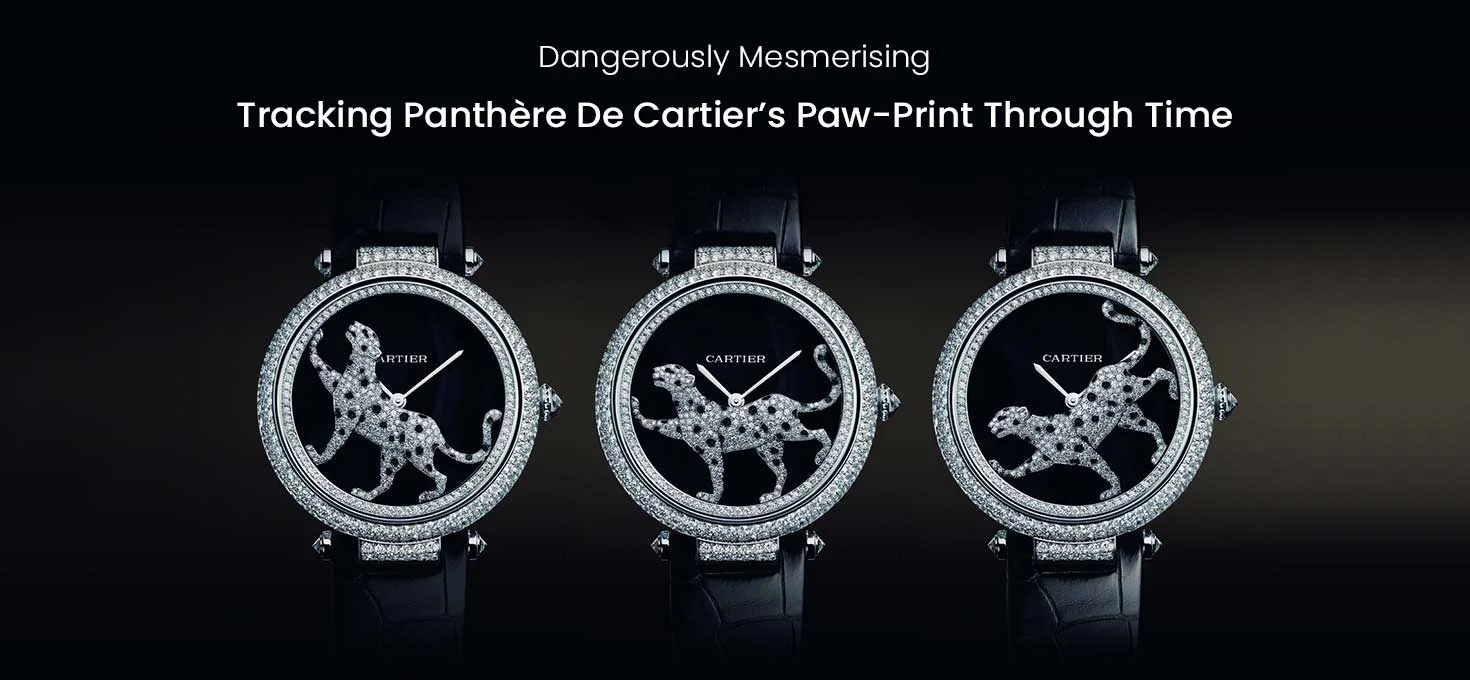
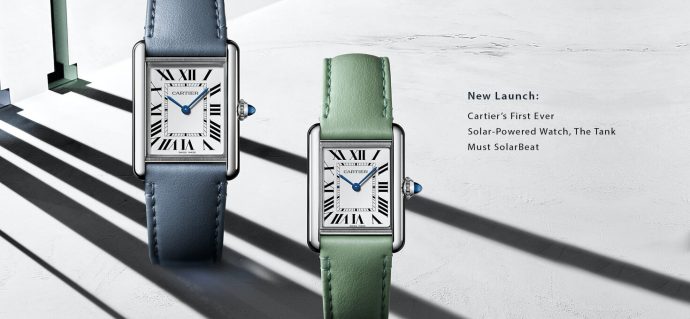
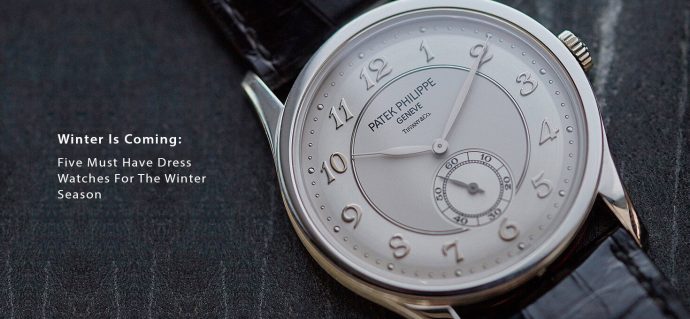

Recent Posts
Recent Comments
Archives